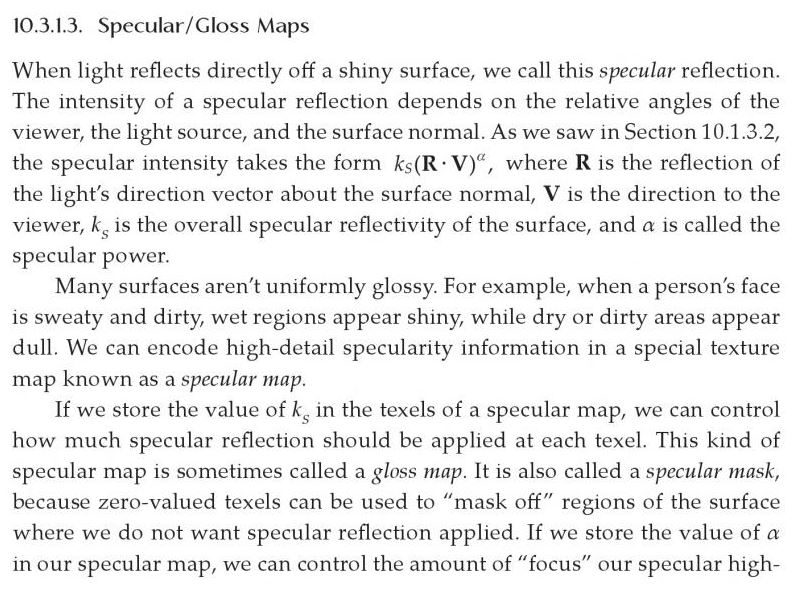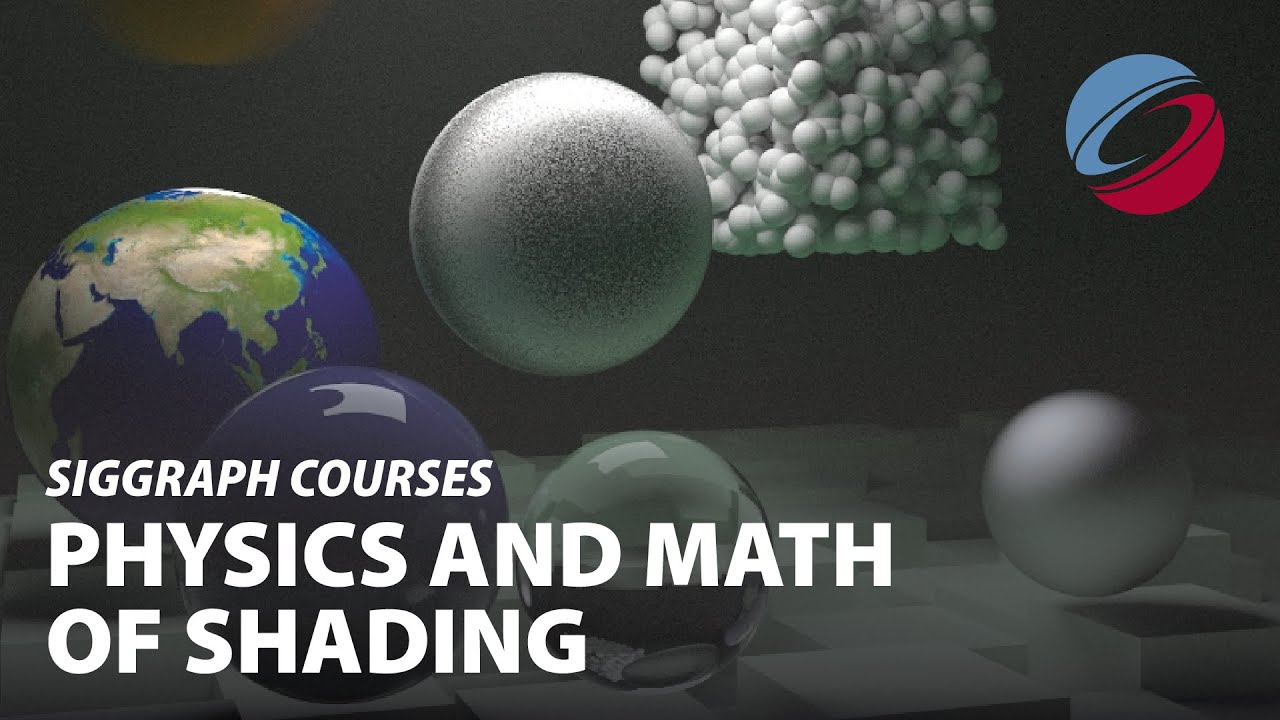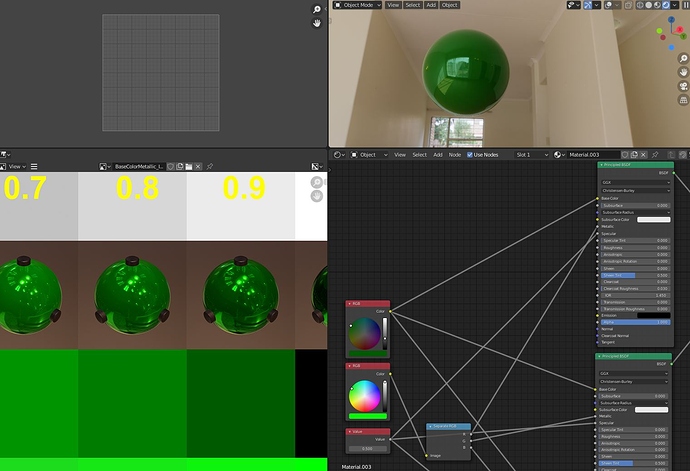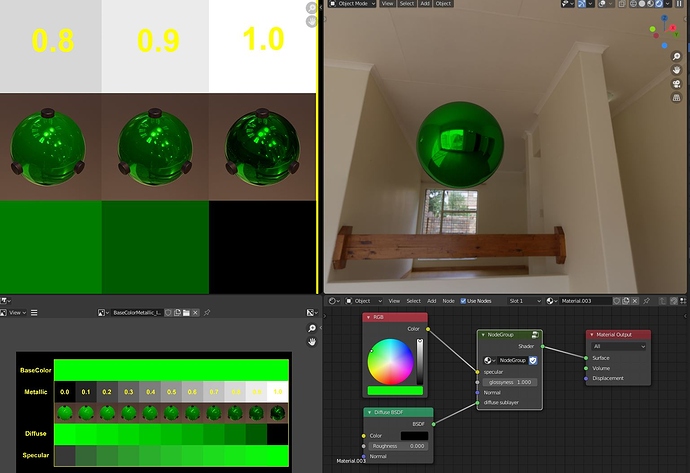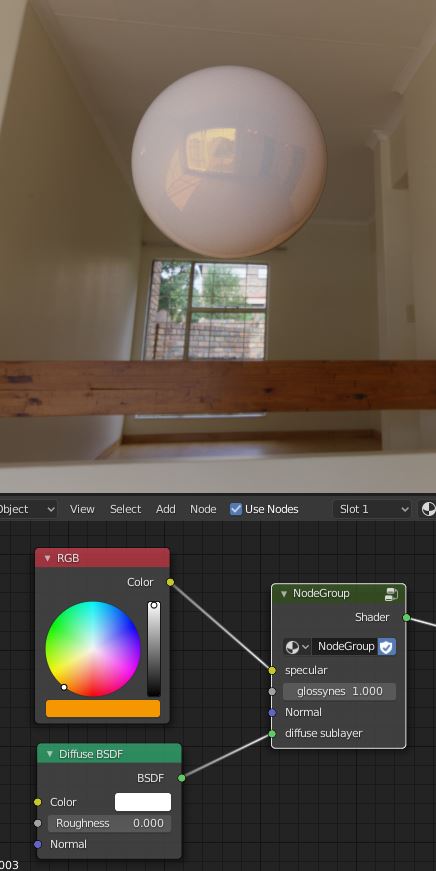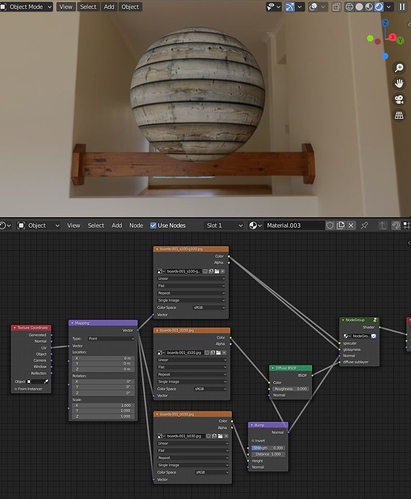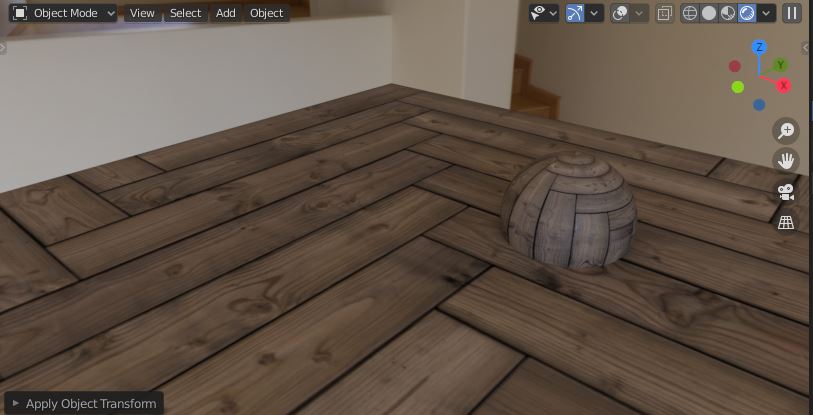In Cycles, yes. Currently in Luxcore, no. I recommend multiplying white with 0.5 though for more normal IOR.
In general, yes. Maybe. I would have a look at it and imagine what would happen if I used it (or 1-it) in specular. What appears to be the purpose of it? Does it make sense to use it in a path tracer or is it better suited in a game engine? Maybe you want to omit it because it deals with reducing (fake/environment based) reflections in occluded spaces? Maybe you want to include it because it defines shadow gaps? Can it be confused for an occlusion map? If you’re lucky (probably not), it’s actually a specular map to be used with a principled shader; in which case you reduce specular where a topcoat is added (a bit technical IOR interface stuff).
In that bricks texture - yes and no. Learn to spot “issues” and “bad craftsmanship” (aka lazy work). What are the chance that for bricks, the roughness channel would be an obvious derivative of the albedo map? Bright is bright, dark is dark - completely senseless. I might consider, or try, to use the specularity as is or remapped, with specular channel. Because the really dark spots could well serve as shadow gaps.
Polyurethane and resin coating (liquid glass) is, quite frankly, quite complex. You’ll want to set up a special coating node group where you route your Principled into. The Principled coating is buggy (roughness) and doesn’t account for absorption/total internal reflection effects. When the coating is “on”, the underlying specular value goes down (interface stuff). Then you may want to reduce the high frequency bump from the bump map and tone it down. Possibly add some new ones to simulate scratches in the coating and a roughness to go. Depending on the paint/coat, more layers make the underlying surface “darker” due to absorption and energy lost to total internal reflection between the layers. I’m mixing the base layer with nothing using fresnel for angle and just a multiplier for thickness - I haven’t decoded the Luxcore absorption yet which is probably more accurate than mine. Then I simply fresnel mix in a regular glossy node with its own bump and roughness. Both the base and topcoat can be subject to microroughness. As I said, this can get kinda complex quickly.
The most important thing is; learn to observe the real world, learn the principles of shading so you can set up things manually correctly, and then create what you see - not what you think it should be like based on “this is how you should always do it”.
I wouldn’t worry much about it personally. I might do it from 0 to 1 and remap as desired in Blender. I typically only use it for shadow gaps or areas I just want to react less to specular reflections. It’s artistic, use it artistically, not as a mathematician.
Wasted channels and thus memory?
I’m not even sure what that’s supposed to mean. Specular map controls the specularity, the reflectivity. Sometimes you want, even need, to do that. Especially for things like shadow gaps where you want to simulate that “no light enters and thus cannot be reflected” (gaps in floor boards).
Fake reflections map? We used that 25 years ago, and today it would be like Shader Add a reflected texture using reflection coordinates onto the object (or environment map) - nobody does those kinds of weird tricks anymore. And you should stop too if you’re still doing it. 
Some resources you might want to have them look at:
Towards the end of the last one Skorupa have an important statement - don’t overdo it.
Of course your students should be grouped after a day of “homework” studying/casually watching this stuff, each group describing in detail one term of the shading equation each. Answers given should be rated by level of comedy. Just drive home there is some important theory to all this and where to find it if curious, and as long as they know how to fresnel mix glossy at the end, I’d say they’re good to go.
Finished wood normally means it has a protective finish to it, yes. But I would use the regular specular on the (pre)finished wood, and topcoat (not the Principled one) for a separate glossy layer on top of that - however, with the specular of the base toned down to account for the interface IOR change. Nothing stops you from going full shellac (MAX term, not the resin) with multiple layers of topcoat, but it’s expensive and likely not worth it.


